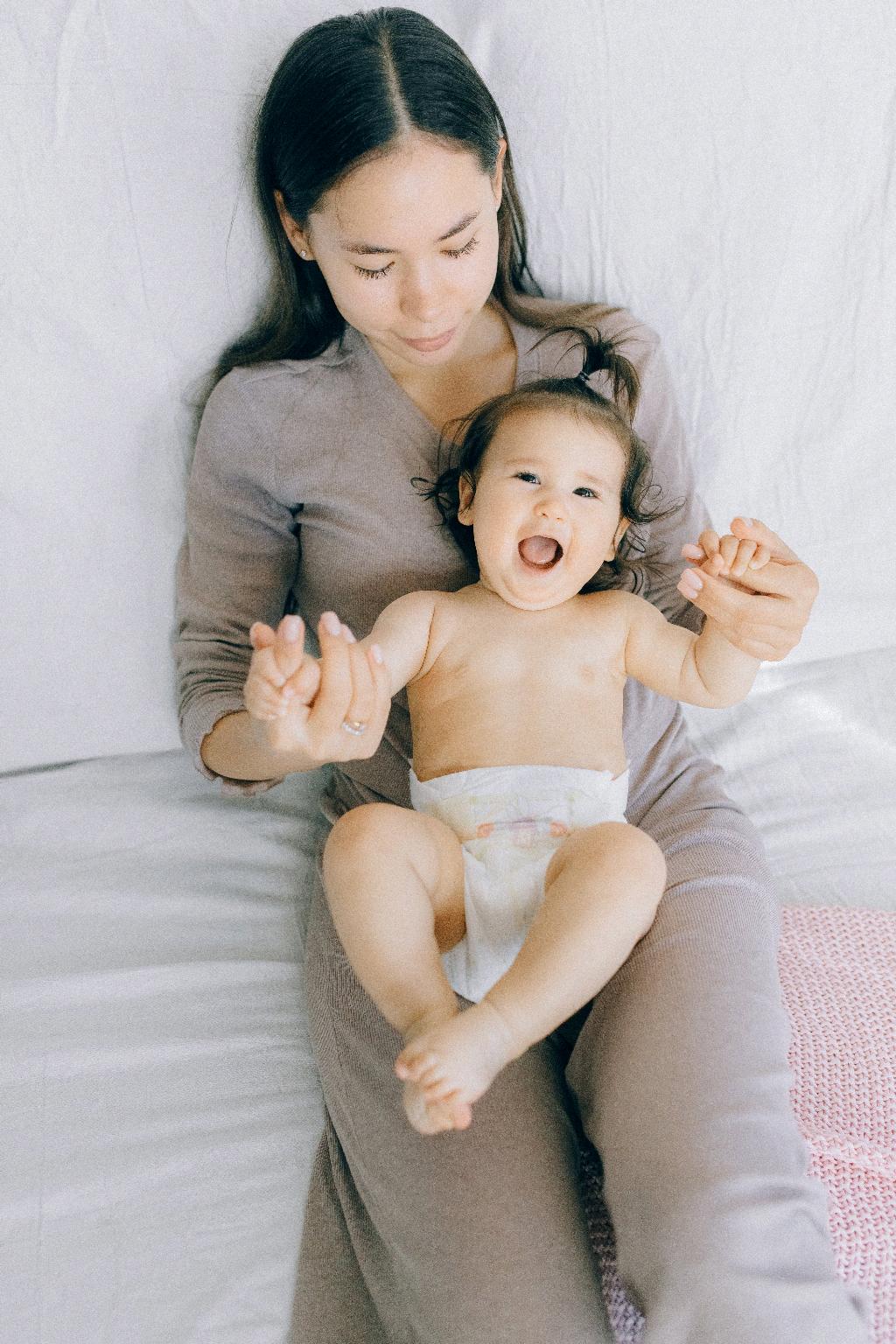When it comes to changing a goat’s diaper, there are a few key steps to keep in mind to ensure the process goes smoothly and efficiently. Although goats are not typically diapered animals, there are situations where using a diaper can be beneficial, such as for young goats or goats with incontinence issues.
1. Choose the Right Diaper
First and foremost, it’s important to choose the right diaper for your goat. Disposable diapers are often the preferred option for their convenience and absorbency. However, some owners opt for cloth diapers for sustainability reasons. Ensure the diaper fits the goat properly to prevent leaks and discomfort.
2. Prepare the Changing Area
Before changing the goat’s diaper, create a comfortable and clean changing area. Lay down some towels or a changing pad to protect the surface underneath. Have all your supplies, such as diapers, wipes, and any necessary ointments, within reach.
3. Gently Secure the Goat
To prevent the goat from squirming during the diaper change, gently secure them in a stable position. This can be done by holding them securely or tying them gently to a safe location. It’s important to ensure the goat feels safe and comfortable throughout the process.
4. Remove the Old Diaper
Carefully unfasten the tabs or straps of the old diaper and remove it from the goat. Be mindful of any soiling or irritation on the goat’s skin and clean it gently with wipes or a damp cloth if necessary. Proper hygiene is crucial to prevent infections.
5. Clean and Dry the Goat
After removing the old diaper, clean the goat’s underside thoroughly with wipes or a mild cleanser. Ensure the area is dry before putting on a fresh diaper to prevent rashes or irritation. Pay attention to any redness or signs of discomfort.
6. Apply Diaper Cream (if Needed)
If the goat has any skin irritation or diaper rash, apply a small amount of diaper cream or ointment to the affected area. This will help soothe the skin and create a protective barrier against moisture.
7. Secure the New Diaper
Gently lift the goat and place the fresh diaper underneath them. Secure the tabs or straps snugly, ensuring a proper fit that is neither too tight nor too loose. Double-check for any leaks or gaps to prevent accidents.
8. Reward and Reassure the Goat
After changing the diaper, offer the goat a small treat or some extra attention as a reward for their cooperation. Reassure them with soothing words and gentle gestures to make the experience positive and stress-free.
9. Monitor the Goat’s Hygiene
Regularly check the goat’s diaper for wetness or signs of soiling throughout the day. Change the diaper promptly whenever it is wet or soiled to maintain the goat’s comfort and hygiene. Monitor the skin for any irritation or redness.
10. Consult a Veterinarian if Necessary
If the goat continues to experience diaper-related issues or skin irritations despite proper care, consult a veterinarian for further guidance. They can provide tailored recommendations and treatments to address any underlying concerns.
11. Establish a Routine
Creating a consistent diaper-changing routine for your goat can help streamline the process and ensure their hygiene and comfort are maintained. Stick to a schedule that works for both you and the goat to minimize disruptions.
12. Practice Patience and Care
Above all, changing a goat’s diaper requires patience, care, and empathy. Approach the task with a gentle touch and understanding, respecting the goat’s boundaries and preferences. With proper handling and attention to detail, you can make diaper changes a positive experience for both you and your goat.

